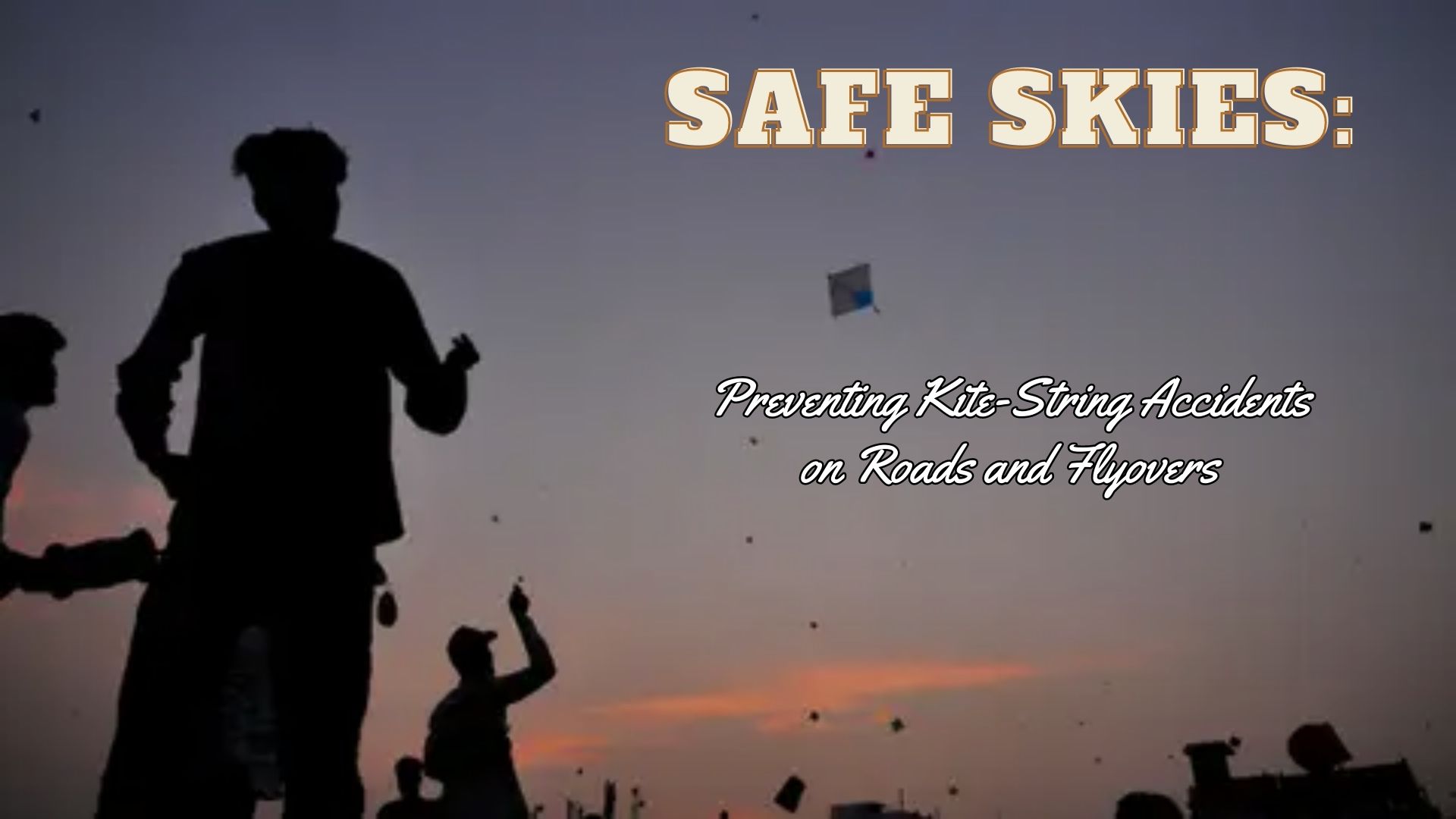

Kite flying is a beloved activity that spans generations, but it carries a hidden danger – kite-string accidents on roads and flyovers. These incidents can lead to severe injuries and even loss of life. Here are some of the ways to prevent such accidents and how fences can provide an additional layer of protection.
Kite strings can become a risk for motorists, cyclists, and pedestrians when flown near roads and flyovers. Synthetic or abrasive-coated strings can slice through skin, causing anything from minor cuts to deep lacerations. Worst-case scenarios may involve fatalities due to neck injuries or vehicular loss of control.
To curb kite-string accidents, we must first raise awareness of the risks. Educating the public empowers kite flyers to make safe choices about where to enjoy their hobby. Additionally, it’s essential to teach kids proper kite-flying habits, like steering clear of roads, flyovers, and high-traffic zones.
Enforcing kite-flying regulations is vital for reducing accident risks. Rules could include specific kite-flying areas, height limitations, and prohibitions on dangerous kite strings, such as those coated with glass or metal. A combination of strict enforcement and public awareness efforts can help minimize accidents.
Fencing can be instrumental in lowering the likelihood of kite-string accidents on roads and flyovers. Erecting fences in high-risk zones creates physical barriers that keep kites and their strings from intruding on these spaces. Installing fences near flyovers or busy intersections can be especially effective in preventing mishaps.
Using fencing to designate kite-flying zones also ensures safe spaces for enthusiasts without endangering others. Ideally, these areas should be situated away from roads and high-traffic zones. Enclosing them with fencing can prevent kites and strings from drifting into dangerous areas.
Preventing kite-string accidents on roads and flyovers requires the combined efforts of kite flyers and the community at large. By opting for responsible kite flying and following regulations, enthusiasts can help maintain safety while enjoying their pastimes. At the same time, community support for fencing and other preventative measures contributes to the overall road and flyover safety.
Kite flying is a treasured pastime that has delighted countless individuals. However, we must confront the risks associated with kite-string accidents on roads and flyovers. By spreading awareness, implementing regulations, and making use of fencing as a protective barrier, we can significantly decrease the occurrence of accidents and ensure that everyone can enjoy the skies safely.